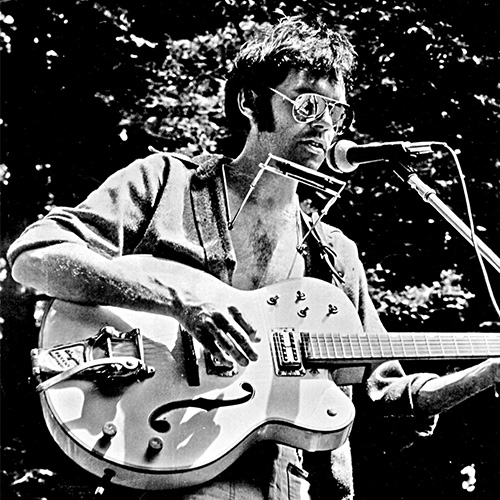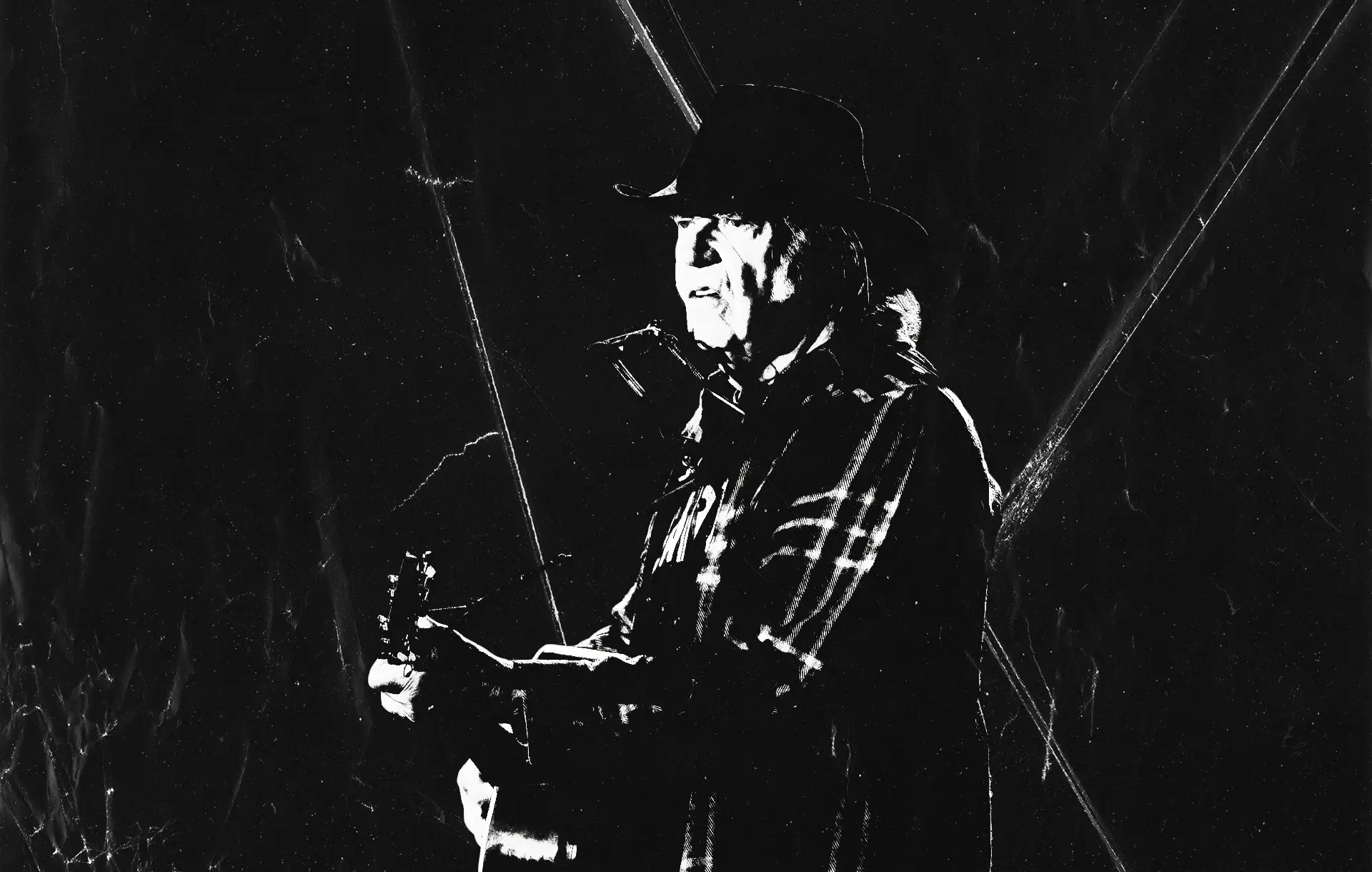In 1966, Neil Young began his career playing guitar for a little band called the Mynah Birds that was fronted by a then-unknown Rick James, future super freak extraordinaire. Since then, Young has gone on to become one of the most prolific—if admittedly somewhat inconsistent—musicians of all time. Over the course of all those years he’s released 41 solo albums (and counting), ten or so live albums, several soundtracks, a few weird movies, and 11 albums as a member of Buffalo Springfield and Crosby, Stills, Nash & Young.

Most recently, Young became a bona fide American citizen (he having been born and raised in Canada). He’s increased the volume of his criticisms of Donald Trump. And he’s currently putting out a series of “Fireside Sessions” to comfort us all through the quarantine period. This is on top of is relentless recording and touring schedule.
Suffice to say that at 74 years old, Neil Young doesn’t seem to give a thought to slowing down.
Long May You Run
Neil Young is a paragon of artistic output and integrity. Few artists of any medium have maintained such a consistent rate of production for so many years, all the while managing to avoid any compromise of their values.
To that end, let’s take a look at a few lessons artists of any medium can learn from one of the greatest of the greats:
Experiment Relentlessly
Over the years, Neil Youngs sound has wandered all over the place. Early in his career, he was a formative influencer of the psychedelic-country-rock fusion that would practically take over popular music by the late ‘60s and early ‘70s. Then in 1981, he in conjunction with his on again, off again backing band Crazy Horse essentially invented grunge music with the hard edged, distorted album Re·ac·tor.
His next album strayed even further from the expected. Trans was an electronic, vocoder-laden work that confused just about everyone. His follow-up to this—Everybody’s Rockin’—went way back to the other direction, giving a big nod to the early rock of Elvis, Jerry Lee Lewis, and Johnny Cash. After this, he more or less returned to his classic country-rock sound, but he still experimented with albums like the sonically charged, man-and-his-guitar Le Noise, the orchestral Storytone, or the lo-fi A Letter Home.
Trans was an electronic, vocoder-laden work that confused just about everyone.
This rampant experimentation ensured that—regardless of whether they loved or hated an album (and he got both reactions)—fans and critics at the very least couldn’t guess what he would do next, and that kept them engaged. Perhaps more importantly, it kept things interesting for he himself. Nothing causes burnout like repetition.
Playing Nice with Others
Neil Young is one of music’s greatest collaborators. From his early tracks with the various talents in Buffalo Springfield, to the rock-god status he and the guys of Crosby, Stills, Nash & Young achieved, to his jams with Crazy Horse, the Shocking Pinks, the Bluenotes, Pearl Jam, Booker T & the M.G.’s, Jack White, and too many more to list, Young worked with a range of musicians to achieve a wide variety of sounds and feels.
But the value of collaboration is further reaching than the mere work produced. You gain a community of like-minded artists. You trade connections and contacts that can be invaluable for your career development. And you draw from collective strength rather than going it alone in the face of the many challenges an artistic career will throw at you.
Just Keep Writing
In a career as long as Neil Young’s, there are going to be obstacles. And he experienced them, personally and professionally, sometimes both at the same time.
For example, Trans was almost universally considered a failure, confounding listeners and critics with its synth-heavy weirdness. But no one knew at the time that he created the album that way because he wanted to make something that his son—who was grappling with cerebral palsy—could listen to. What did Neil Young do when his family was facing that challenge? He kept writing songs. What did he do when the album panned? He continued writing songs.
No matter what medium you work in—whether you’re a songwriter, writer, painter, videographer, or whatever—you just need to keep producing. Hit a creative block? Just keep producing. Problems in your personal life? Create something about it. No one likes your stuff? Screw ‘em, just keep writing, or painting, or filming, or, or, or.
Hit a creative block? Just keep producing. Problems in your personal life? Create something about it.
Sometimes that relentless production will get stale. When it does, take a note from Neil and experiment. Switch things up.
And play with others, whether that means simply sharing your work or actually collaborating on a piece.
Neil Young has been going for over 50 years, and at this point it’s looking like he has no plans of stopping anytime soon. I suspect he knows what he’s doing, and we should learn by his example.




